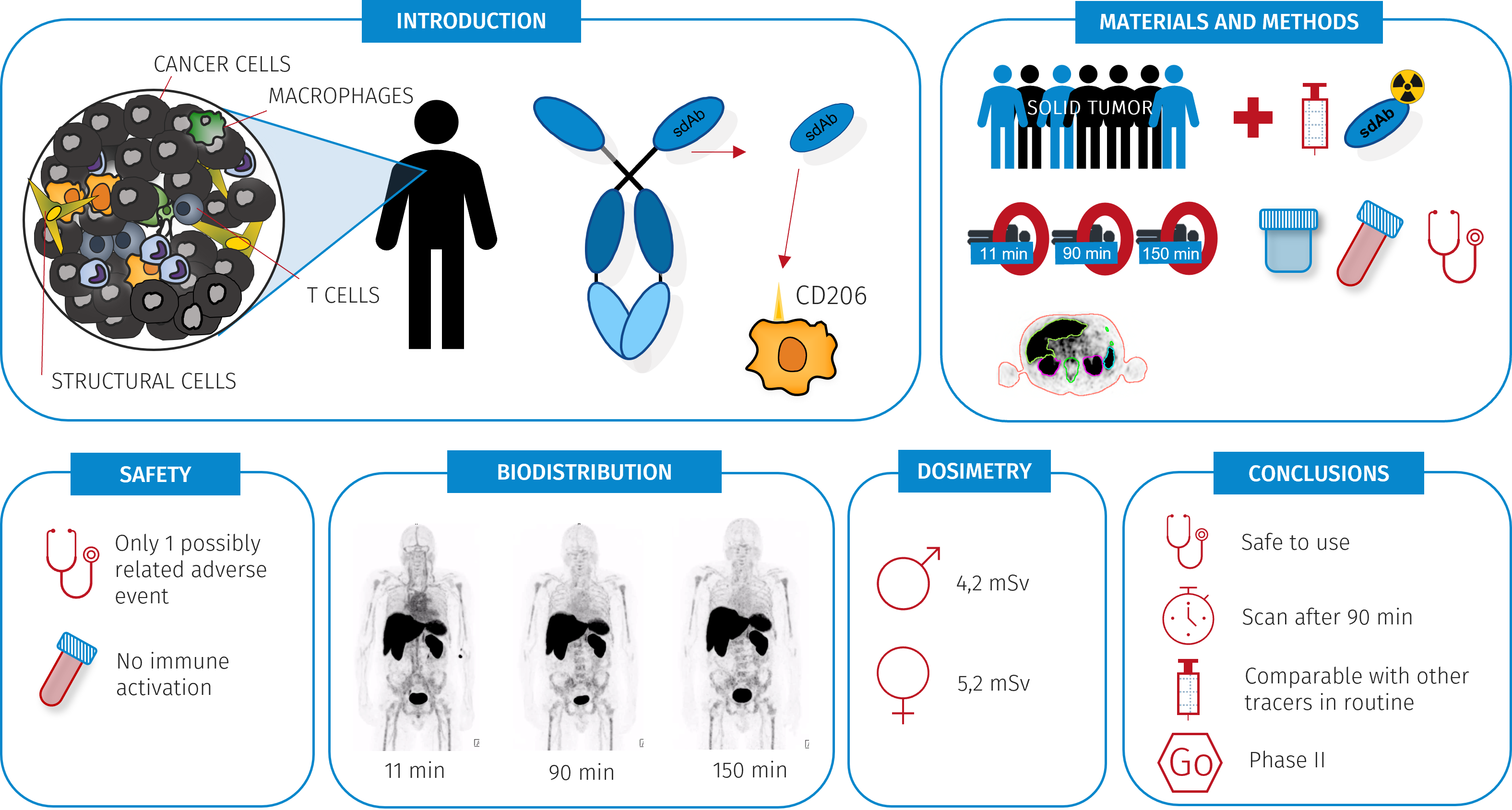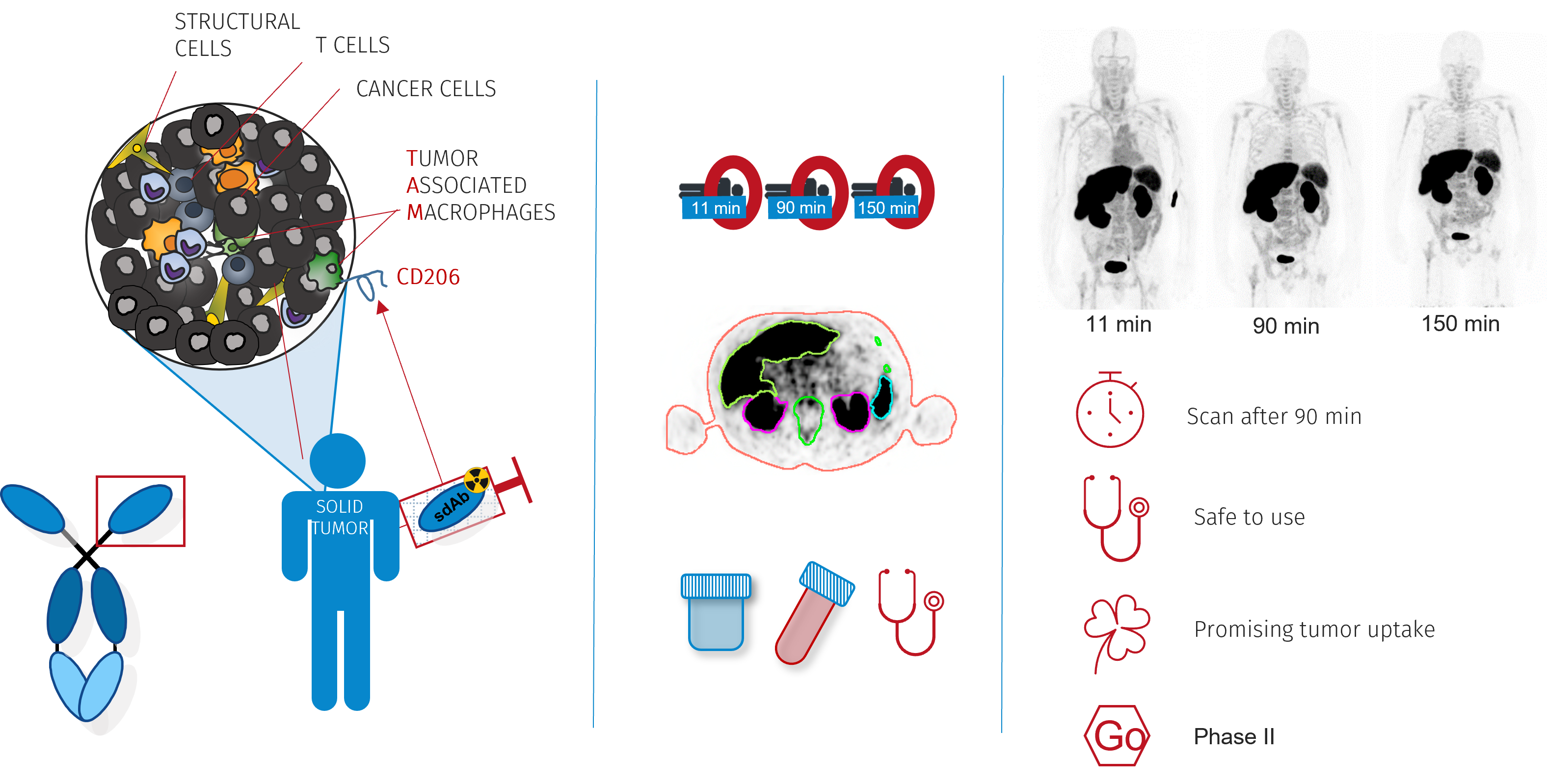Unveiling the potential of a macrophage-targeted PET tracer: A first-in-human study
Introduction
The human immune system contains a complex network of cells and organs, each with their own unique functions. Within this intricate tapestry, macrophages play an indispensable role займ без проверки кредитной истории. These immune cells are involved in a myriad of processes, from defense against pathogens to tissue repair. Recent advancements have shed light on a particular subset of macrophages expressing the macrophage mannose receptor (MMR, CD206) and their role in various diseases, spanning from oncology to atherosclerosis and rheumatoid arthritis. In this blog, we delve into the first-in-human Immune-Image study of [68Ga]Ga-NOTA-anti-CD206 single-domain antibody (sdAb), a PET tracer designed to target CD206, with a primary focus on evaluating its safety, biodistribution, dosimetry, and its potential as a tool to assess presence of these macrophages in the tumor.
Key Take-Aways
1. Significance of Macrophages: Macrophages are critical players in the human body’s defense and maintenance mechanisms. They play a role in various diseases, making them a valuable target for research and potential therapeutic interventions.
2. [68Ga]Ga-NOTA-anti-CD206-sdAb: This innovative PET tracer specifically targets CD206-expressing macrophages, opening up new avenues for understanding and potentially treating a range of diseases.
3. Safety First: The assessment of the safety of [68Ga]Ga-NOTA-anti-CD206-sdAb was one of the primary objectives of the study. Encouragingly, only one mild adverse event (a headache) was possibly related to the tracer, demonstrating its safety profile.
4. Biodistribution: The study revealed uptake of the tracer in vital organs such as the liver, kidneys, spleen, adrenals, and red bone marrow.
5. Rapid Blood Clearance: The tracer demonstrated fast blood clearance, with less than 20% of the injected activity remaining after just 80 minutes. This feature contributes to high contrast-to-noise imaging.
6. No Detectable Metabolites: Importantly, no metabolites of the tracer were detected in blood or urine, affirming its stability in the body.
7. Dosimetry: Dosimetry analysis estimated the average effective dose as 4.2 mSv for males and 5.2 mSv for females. This is comparable to other tracers used in daily clinical practice.
8. Preliminary Tumor Uptake Data: While the primary focus was on safety, biodistribution and dosimetry, preliminary data indicated higher tracer uptake in cancer lesions of patients who subsequently progressed. This suggests potential for using the tracer in predicting treatment failure.
9. Future Prospects: The study’s findings lay the foundation for future investigations. With its safety, rapid clearance, and promising tumor uptake data, [68Ga]Ga-NOTA-anti-CD206-sdAb is poised for further exploration in phase II clinical trials.
Conclusion
The study of [68Ga]Ga-NOTA-anti-CD206-sdAb marks an exciting milestone in the field of medical imaging and macrophage-targeted research. Its safety and well-tolerated nature, in combination with rapid blood clearance and high contrast imaging capabilities, make it a promising tool for disease assessment. With radiation doses comparable to routinely used PET tracers, this innovative PET tracer holds great potential to gain insight in diseases in which macrophages are involved. As we move forward, the currently ongoing phase II clinical trials will offer deeper insights into its potential for clinical applications, bringing us one step closer to more effective diagnostics and therapies for a range of conditions.


